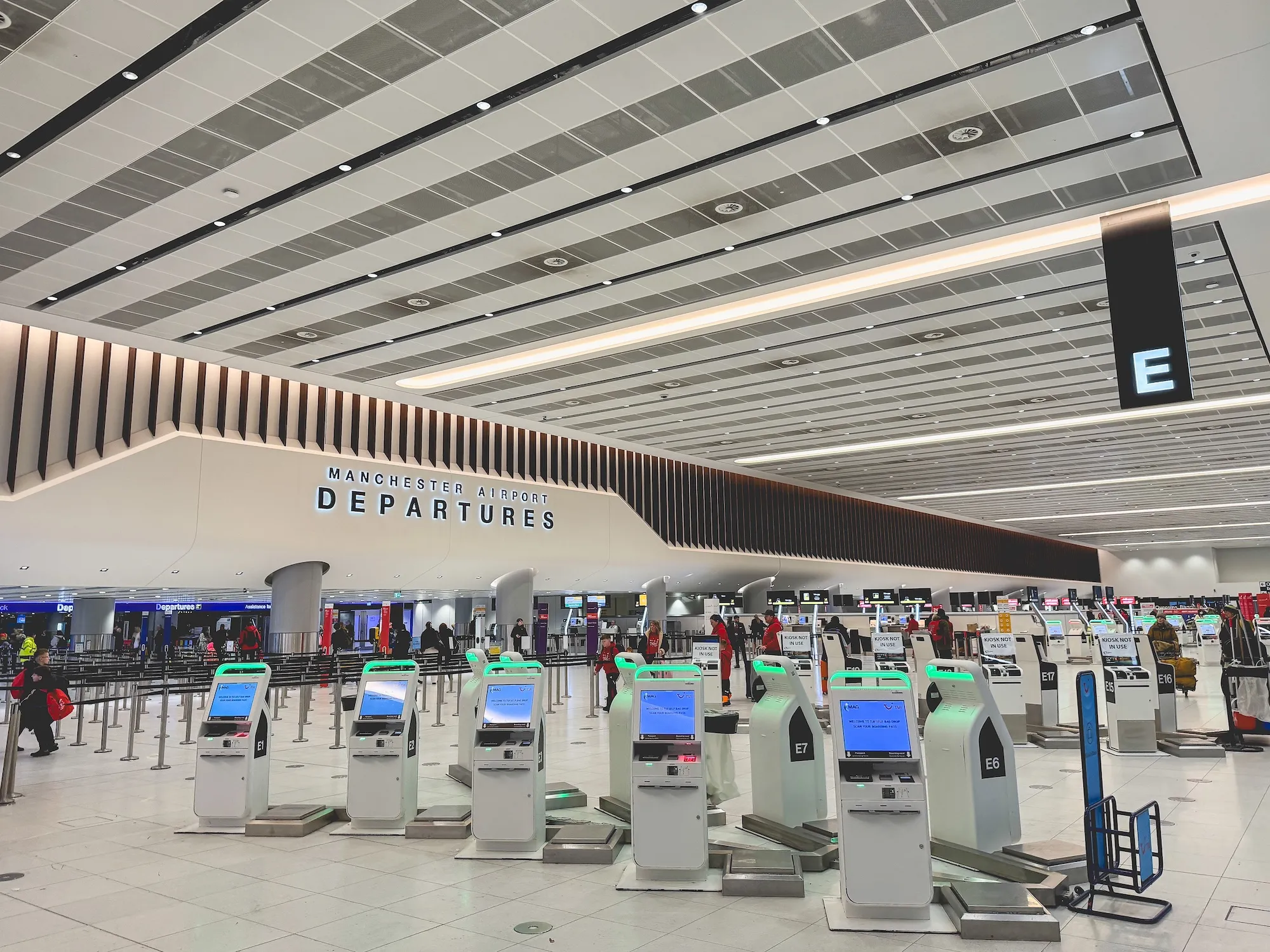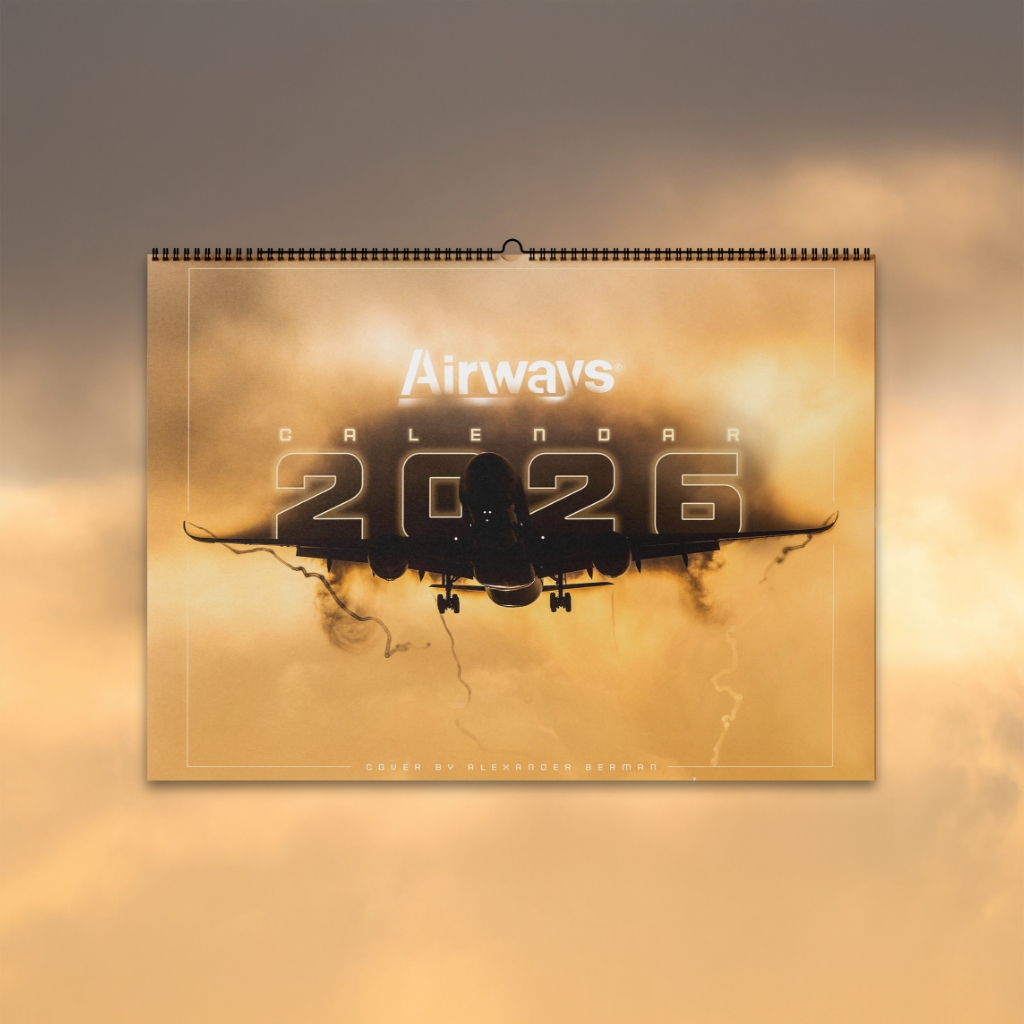DALLAS — Airports have only grown more complex, as they serve more citizens traveling the world for work and leisure. Handling this volume requires mobility infrastructure to get visitors to their gates on time.
Streamlined airport ground transportation and other aids will assist people, improving mobility and accessibility for everyone. What are some of the technologies encouraging this evolution, and how do they impact fliers trying to board?
1. Electric Carts and Shuttle Services
Electrifying fleets is one of the best ways airports embrace sustainability and innovation. Airports like London Heathrow have replaced diesel-powered buses with alternatives with no tailpipe emissions. Other vehicles, like carts and shuttles, that help passengers inside and outside the airport, can implement electrified or hybrid versions to minimize pollutants.
2. Automated Security Screening Lanes
Airport ground transportation enhancements include fixtures without wheels. Other installations promote swift and more effortless movement on foot. This includes automated screening lanes, alleviating congestion in the long security queues. It also reduces burdens on the workforce, especially as technology aids them in identifying suspicious or prohibited items.
3. Biometric Identity Verification
Biometrics, such as facial recognition and fingerprint scanners, are another way to make identity checks more accessible and mobile. They can verify passengers based on passport and driver's license images, hastening boarding protocols and check-in. It has been known to be helpful ahead of large tourism events like the FIFA World Cup.
4. Navigation Apps
Some may view larger, international airports as a maze, especially if there are shuttles between different wings of the building. While all facilities have directional signage, fewer have comprehensive maps.
Airports are creating interactive guides people can access from their phones to give them agency over how they get to their gate, whether it be by foot or using electric carts. The maps can also point to other essential services, like bathrooms or nursing areas for parents. Designing programs that incorporate incoming data is a key element of human-centric design, especially in transportation services.
5. Smart Restrooms
Many aspects of the passenger experience influence someone’s ability to board their plane on time. This includes a crowded, out-of-service or unclean bathroom. To prevent people from being delayed by these circumstances outside of their control, some airports are installing smart bathrooms. These monitor cleanliness and notify staff, like in Philadelphia’s airport, with real-time updates when an area needs servicing. It can also let people know occupancy levels or incorporate signage to other restrooms.
6. Digital Wayfinding Systems
Consider the number of visitors relying on the massive signs that are updating on flight statuses. People need these to organize their pickups and know which region of the airport to be in. Other digitally powered wayfinding systems can enhance the rest of the visitor experience. From kiosks to directional signs, these could cycle through information concerning gate assignments, delays and amenities. Some may even adapt to the passenger interacting with them.
For example, a digital wayfinding kiosk can use the flight and ticket information to direct first-class passengers to exclusive lounges, or late flyers on the most direct route to their gate. It could also help people find parking before they even enter the terminal. Airports like Boston Logan serve tens of millions of flyers annually, with an economy lot with a 2,700-car capacity. Drivers should be able to know how many spots are available and how much time it takes to shuttle to and from their terminal with digital wayfinding.
These could also incorporate other features, like language translation services, to make all maps and peripherals legible to all guests. This would enhance their visit by cutting the time required to find someone to help them translate and navigate the airport. Having in-demand support, even though a video connection with a remote expert, would help people find the airport ground transportation and other services they need faster.
7. Charging Stations and Wi-Fi Hotspots
To use all the technological services that help flyers board, they must have at least a cellphone or a laptop to guide them. So, airports need dedicated zones to help people keep devices active to get the most out of their tools. It keeps people productive and mobile instead of making other foot traffic areas by using random outlets. Specific zones are crucial for regulating movement and optimizing other systems to get people boarded.
8. Real-Time Location Systems (RLTS)
Flight attendants and other staff can leverage RLTS to monitor passengers’ arrivals to the gate. These notifications can be tied to their boarding passes, letting staff know when they make it through security. It helps workforces understand when to expect high volumes to arrive and where late arrivals might be in the process.
Additionally, this can be combined with personalized travel alerts through apps. If staff suspect a person is lost or struggling, they can reach out to specific phone numbers associated with tickets and offer automated suggestions for moving forward. Open communication can optimize passenger flow and lower people’s frustration from having to backtrack.
9. Smart Baggage Services
Airports may not consider how handling a just-landed flight can improve the experience of people boarding. Streamlining this directly influences how efficiently people can start boarding.
Airlines should leverage technologies like RFID tracking and computer vision-powered sorting systems to distribute luggage and inform people where their stuff is after a flight. The faster luggage can be unloaded and given to the correct people, the sooner staff will know the plane is empty and ready for the next flight, helping with boarding protocols. Regions in the Asia-Pacific are seeing the value of this so much that the government is funding the incorporation of these baggage systems in countries like China and India.
10. Wellness Areas
Some visitors may feel overwhelmed by an airport's size and scope. Airports should consider how a passenger's mental well-being can influence pre-boarding navigation. Therefore, providing services to reduce stress and anxiety is essential for keeping people moving.
Consider an individual who has arrived hours early and feels apprehensive going into the security line. Some airports have massage chairs, places to do yoga and secluded meditation rooms to encourage relaxation and lower heart rates. These subtle yet impactful amenities make a difference in passenger confidence, aiding them in feeling competent as they navigate the airport’s apps, wayfinding systems and staff directions.
Flying Through Boarding With Better Airport Ground Transportation
Getting passengers to their destination requires a lot of effort before they get on the plane. It involves a mixture of vehicles, people-movers, signage and technology. These work together to deliver a fluid experience for visitors, and they are only growing more comprehensive and competent at assisting everyone to reach their destinations with little frustration and greater accessibility.



.webp)
